A loudspeaker is a device that speaks loudly; the name says it all. But no one took this so literally as Cerwin-Vega, which were founded to literally shake the audience to their core.
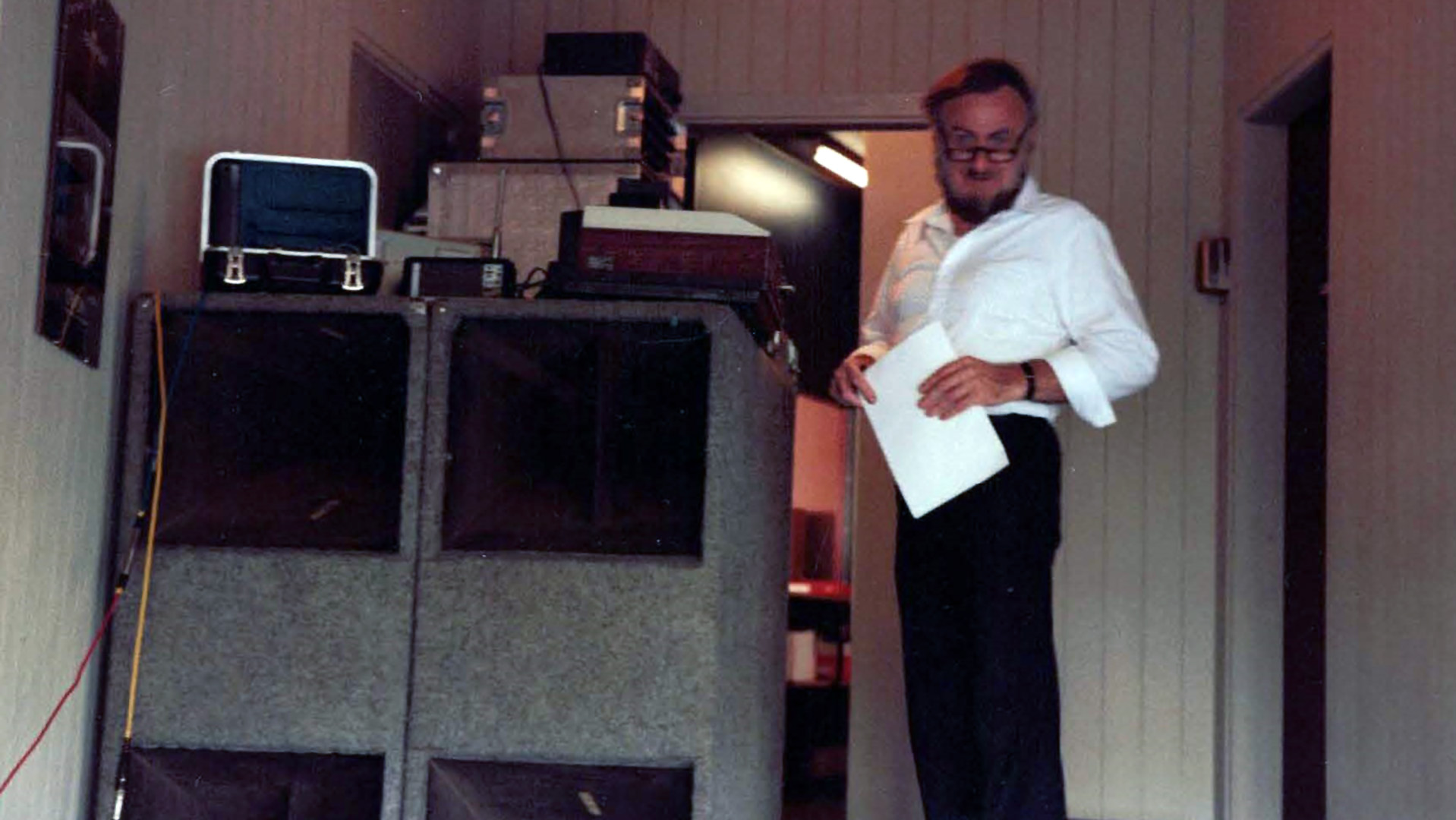
Cerwin-Vega was founded in California in 1954 by aeronautical engineer Eugene Czerwinski. And the company set out with purpose. Among the company’s earliest designs was an 18-inch speaker capable of delivering a sound pressure level of 130 dB! That was far beyond what the competition was capable of in 1954.
Cerwin-Vega is also credited with designing the world’s first purely transistor-based amplifier in 1957. With an output power of a staggering 125 watts RMS. It would be decades before such power outputs became the norm in the hi-fi world.
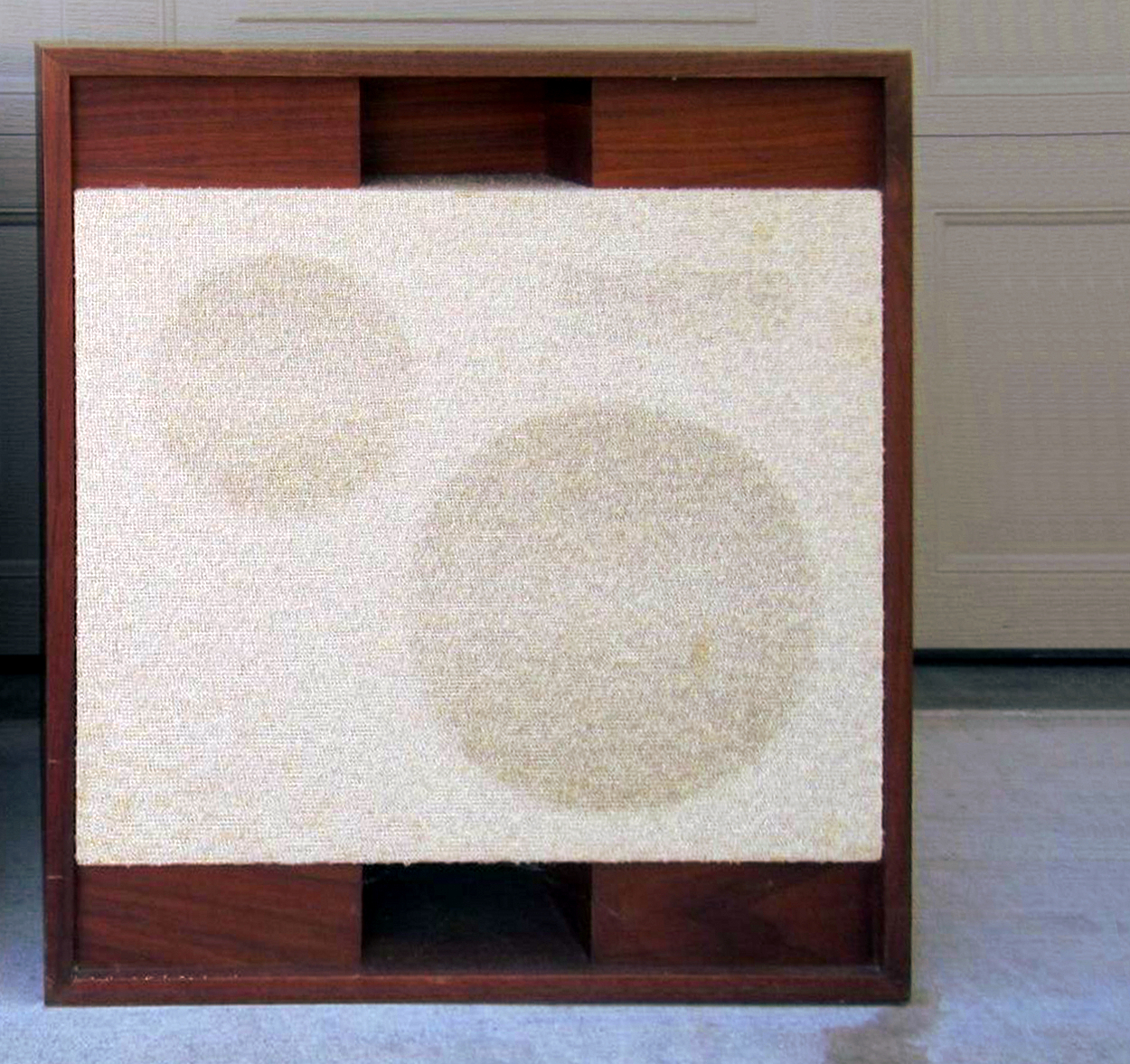
Indoor earthquake
Like several other companies, including JBL, Cerwin-Vega initially supplied speakers for the cinema world. The big breakthrough came with the 1974 disaster film Earthquake. No one remembers the plot of the film anymore, but the sound system, called Sensurround, will be remembered forever. The system consisted of up to 20 horn-loaded subwoofers in each cinema, placed around the auditorium. The speakers could deliver a sound pressure at the spectator seats of at least 120 dB at 17 Hz. And still have quite will be remembered forever. The system consisted of up to 20 horn-loaded subwoofers in each cinema, placed around the auditorium. The speakers could deliver a sound pressure at the spectator seats of at least 120 dB at 17 Hz. And still have quite fearsome power at 10 Hz.
We had the opportunity to visit the place where JBL was born. And where the company's loudspeakers are still being created at Harman's acoustic development centre.
At its peak, around 2,000 Sensurround systems had been installed in cinemas around the world and the experience was attracting people to the cinema, but commercial success was limited. The system was expensive to rent and the subsonic noise made it impossible to watch films in other theatres at the same time. The vibrations were also so strong that in some places they could damage the buildings. In Chicago, the building authorities demanded that the volume be turned down. And in the famous Chinese theatre in Hollywood, safety nets had to be installed under the ceiling to catch falling pieces of plaster.
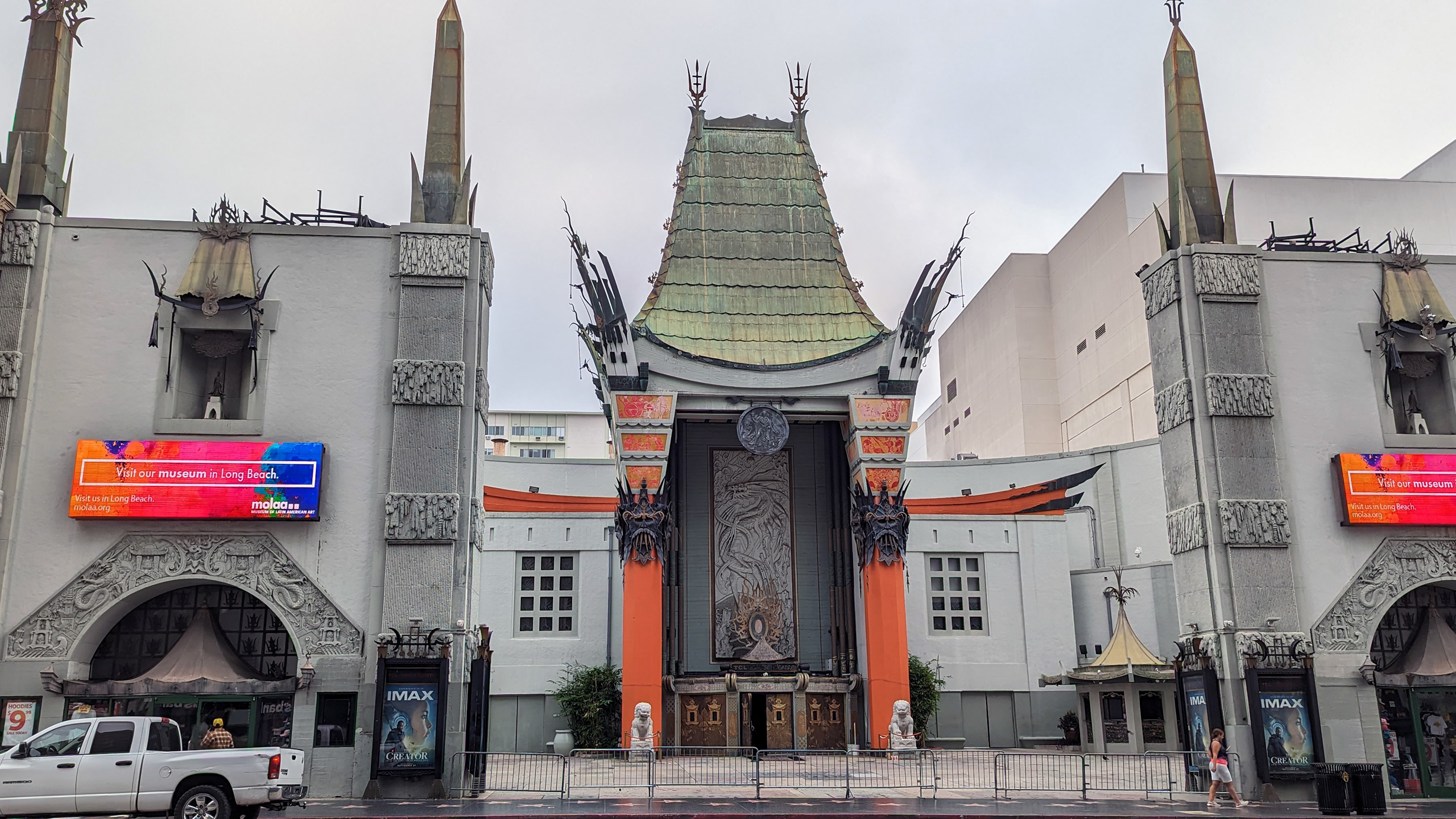
After Earthquake, Sensurround technology was used in a few films: Midway (1976), Rollercoaster (1977) and Saga of Star World (1978). In 1977, Star Wars was released and with it came Dolby Stereo, bringing surround sound to cinemas. And Sensurround couldn’t compete with that.
Cerwin-Vega in the home
But Cerwin-Vega also made speakers for home use. Walnut-finished, refrigerator-sized cabinets, typically with a 15″ woofer and a tweeter. And maybe a midrange driver to tie things together. But it was the woofer that was the attraction. The efficiency was so high that even a small amplifier was able to play ear-splittingly loud at parties.
A little visual trick helped make it famous: Cerwin-Vegas woofers have, with few exceptions, always had bright red edge mounts. So even at the height of the party, it was easy to see which brand of speaker was the centre of attention.
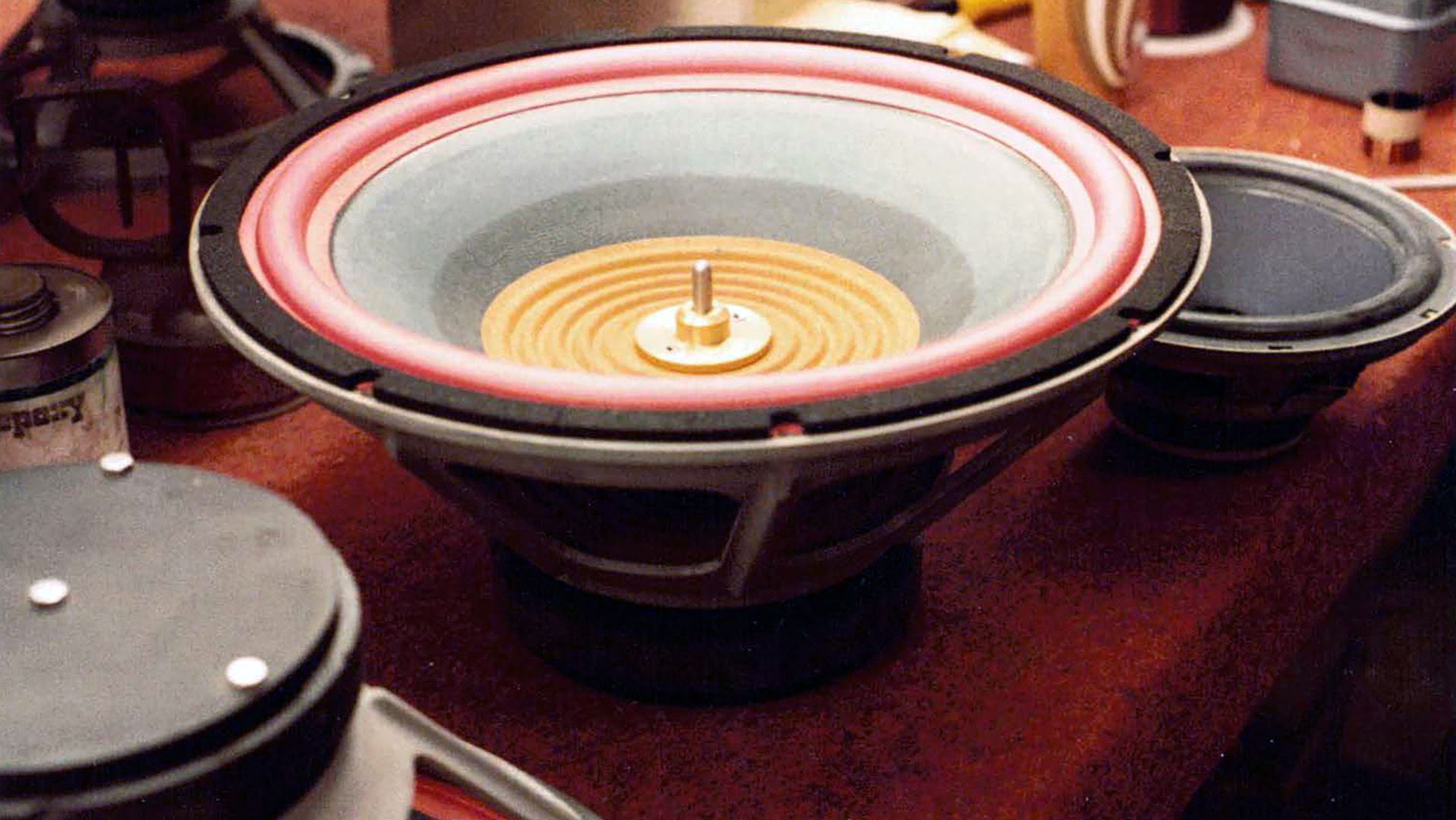
Import success story
In Denmark and Scandinavia, it was the Danish Hi-Fi Club that put Cerwin-Vega on the hi-fi map. Legend has it that Peter Lyngdorf met Gene Czerwinski at a hi-fi exhibition in the USA and was so fascinated that he asked if he could get the agency to import them. He could – and he was even allowed to wait to pay until the speakers were sold. So the first set was shipped from the US.
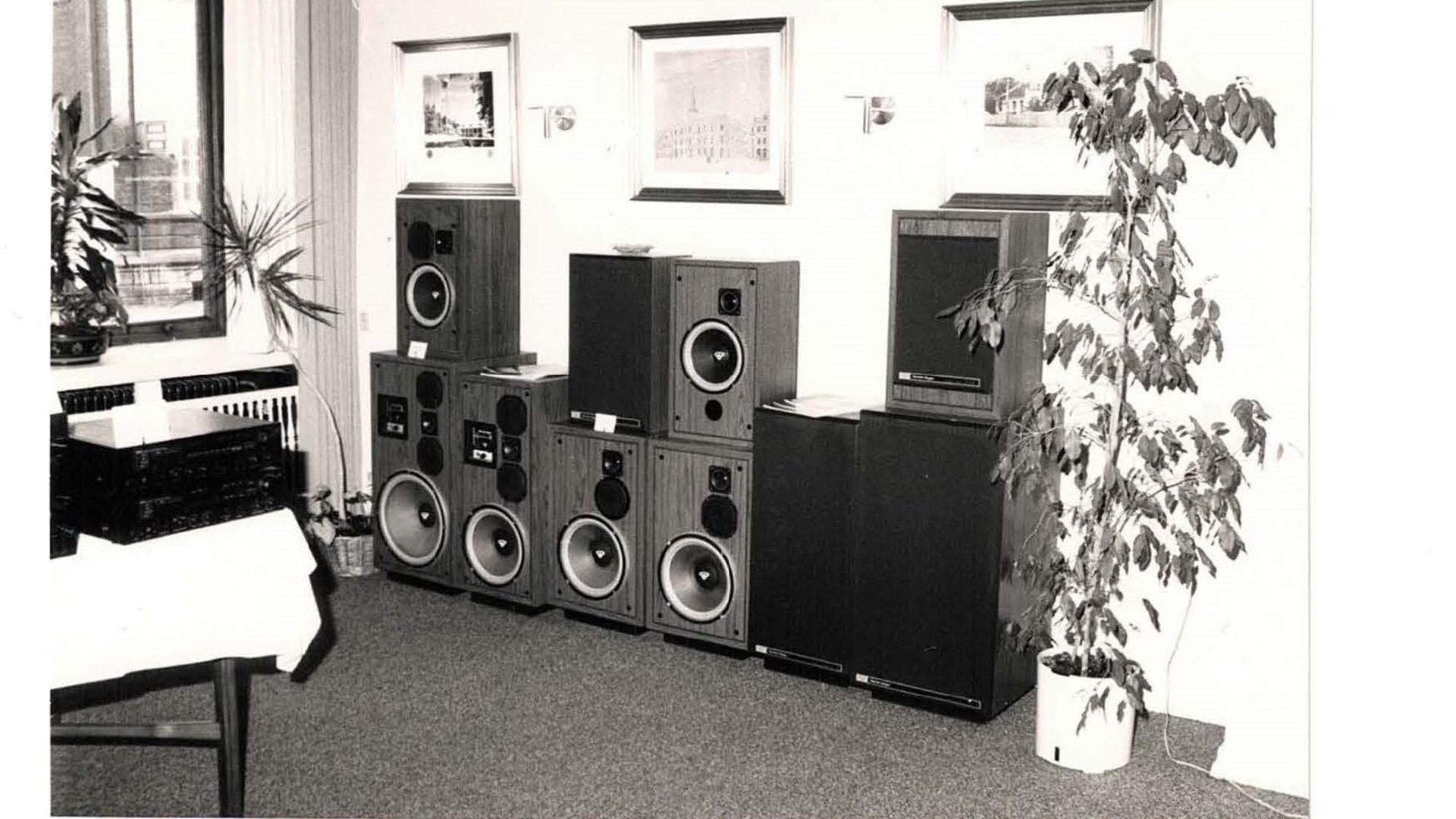
And they were sold. And many thousands more sets like them. Throughout the 1989s and 1990s, a pair of Cerwin-Vega and a NAD amplifier were indispensable when decorating the student pad.
Export success story
We tend to think of Cerwin-Vega as quintessentially American. But from 1982 until the mid-90s, most of them were actually ‘Made in Denmark.’ The design and units were still American, but why spend the resources and money to ship heavy giant cabinets all the way from California when you could build them in Denmark? DALI had just built a loudspeaker factory and a licence production was started. For several years, DALI supplied Cerwin-Vega to most of Europe. In fact, DALI initially built more Cerwin-Vega speakers at their factory than they built of their own models.
Licensproduktionen gjorde højttalerne billigere på det europæiske marked, end de ville have været, hvis de var blevet sejlet over Atlanterhavet. Og for køberne var det også en fordel. På DALI-fabrikken valgte man nemlig at bygge højttalerne i 6 mm. tykkere plader end de amerikanske originaler, fortæller Lars Worre, der er direktør for DALI.
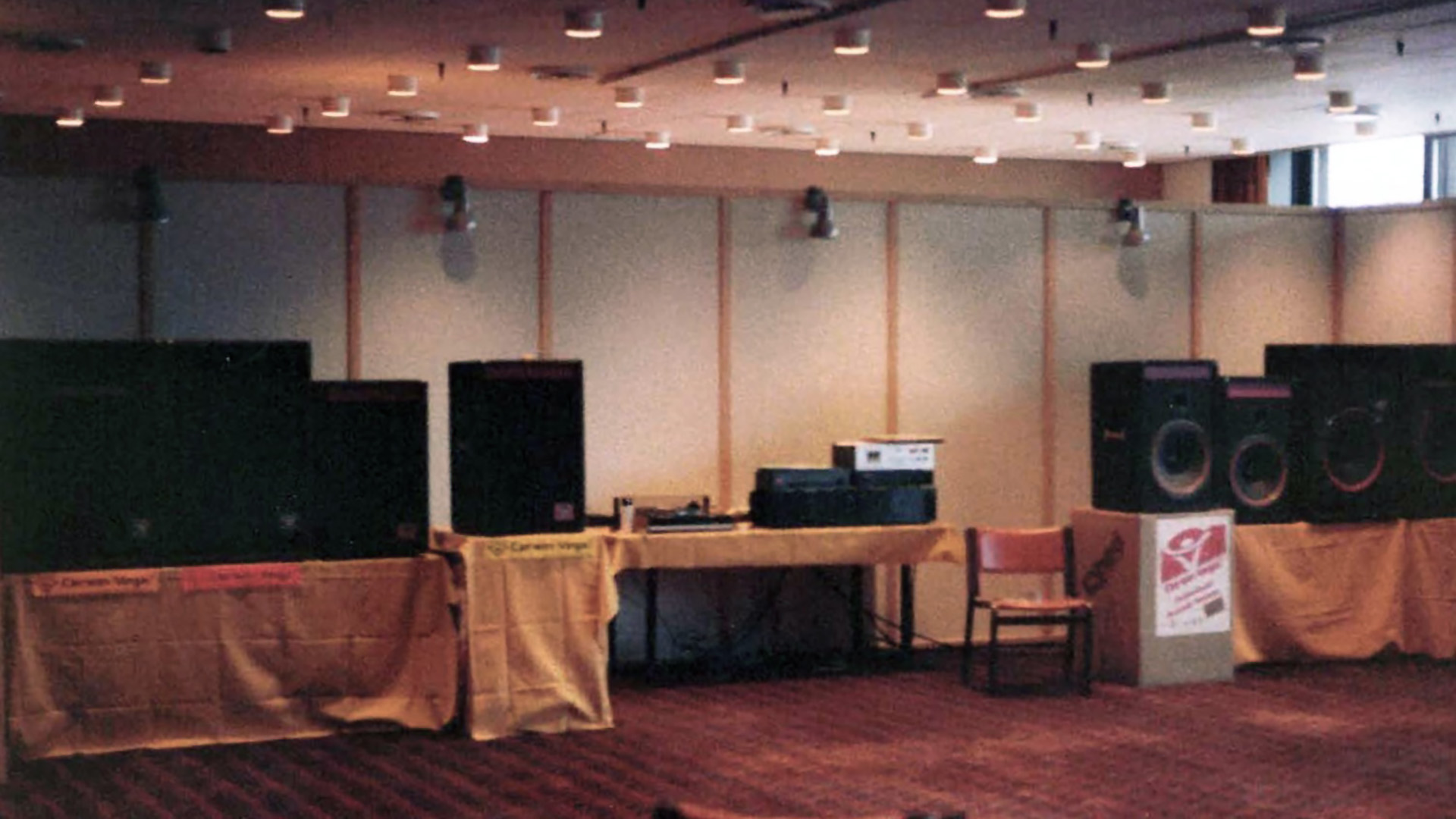
Change of ownership and downturn
However, freight prices dropped again and production was gradually withdrawn to the US. And in 1997, the last set of Cerwin-Vega speakers was built in the Danish town of Nørager.
The coming years were tumultuous for Cerwin-Vega. The company went bankrupt in 2003 and was sold to the pro audio company Stanton. Production initially continued in the USA, but later ended up in China, once again under new owners. Gibson, which most people know as a guitar manufacturer, bought not only Stanton, and thus Cerwin-Vega, in 2011, but also a large number of other audio companies, including Onkyo, TEAC, and the audio division of Philips. Gibson was now supposed to be an audio empire.
However, the guitar manufacturer had seriously overspent on acquisitions, and the adventure ended in 2018 with a bankruptcy and the parts of the short-lived empire were sold off piecemeal.
The Cerwin-Vega S1 strove to break away from the company's reputation for making brash and noisy speakers. Thus making them the perfect fit for the man cacves of nostalgic hi-fi nerds.
For Cerwin-Vega, the bankruptcy ended up becoming a family reunion. The speaker manufacturer was acquired by – Cerwin-Vega! The explanation is that the car and boat stereo division had previously been divested. And it was this division that bought the collapsed parent company in 2020.
Where to go from here?
In the years since 2020, Cerwin-Vega has been pretty quiet. The speakers have largely disappeared from the European market (and if you have a genuine set from the heyday standing, the second-hand price is substantial). And when we have seen Cerwin-Vega mentioned in news the familiar red ring has instead adorned car speaker kits.
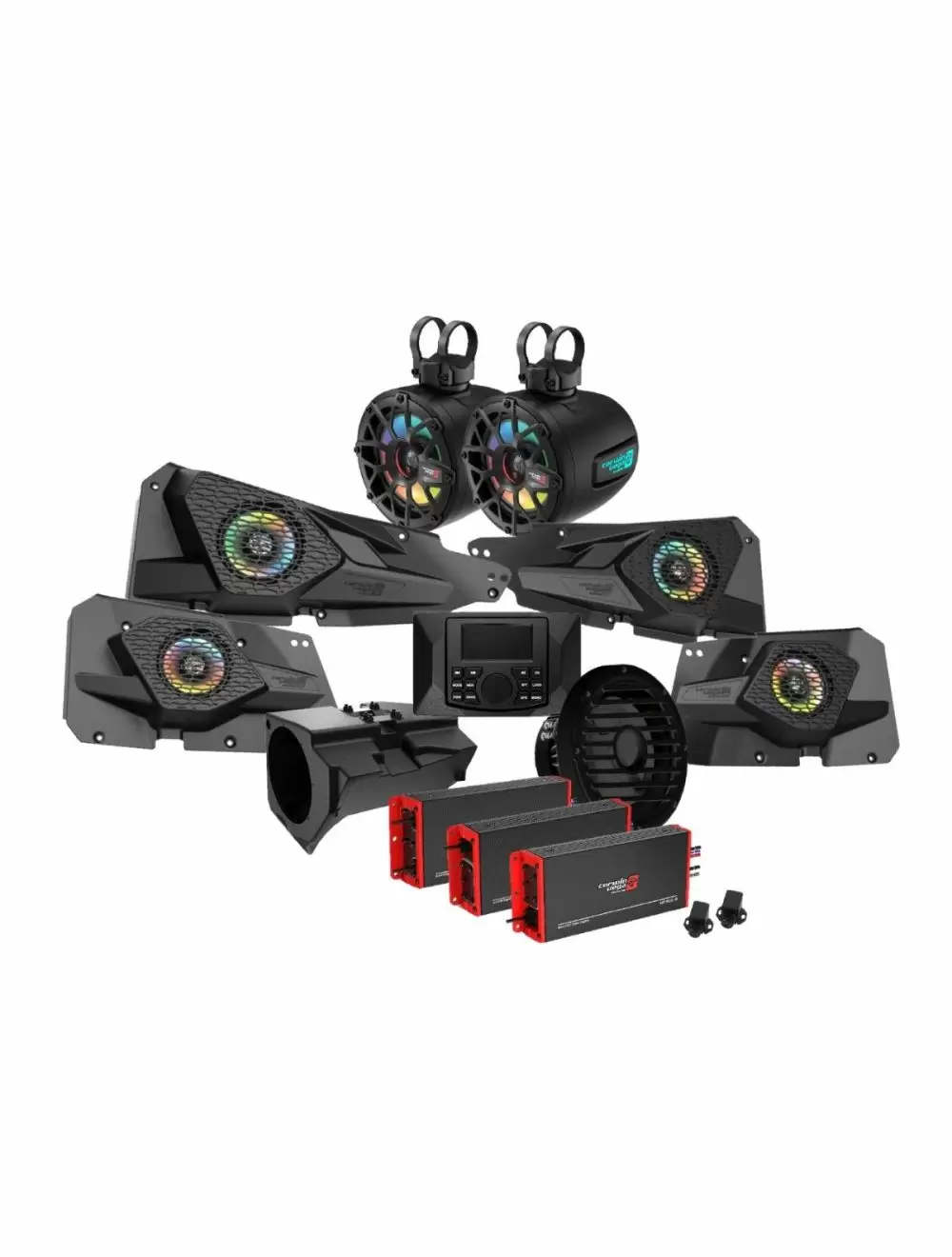
And that’s how it could all end. But the final chapter may not be written yet. Between car stereos, boat speakers and mechandise, we actually find speakers in the classic rough look. But only time will tell if they will ever make it back east to Europe.
We would like to thank Peter Lyngdorf of Steinway Lyngdorf for providing us with the historical photos from the 1980s.
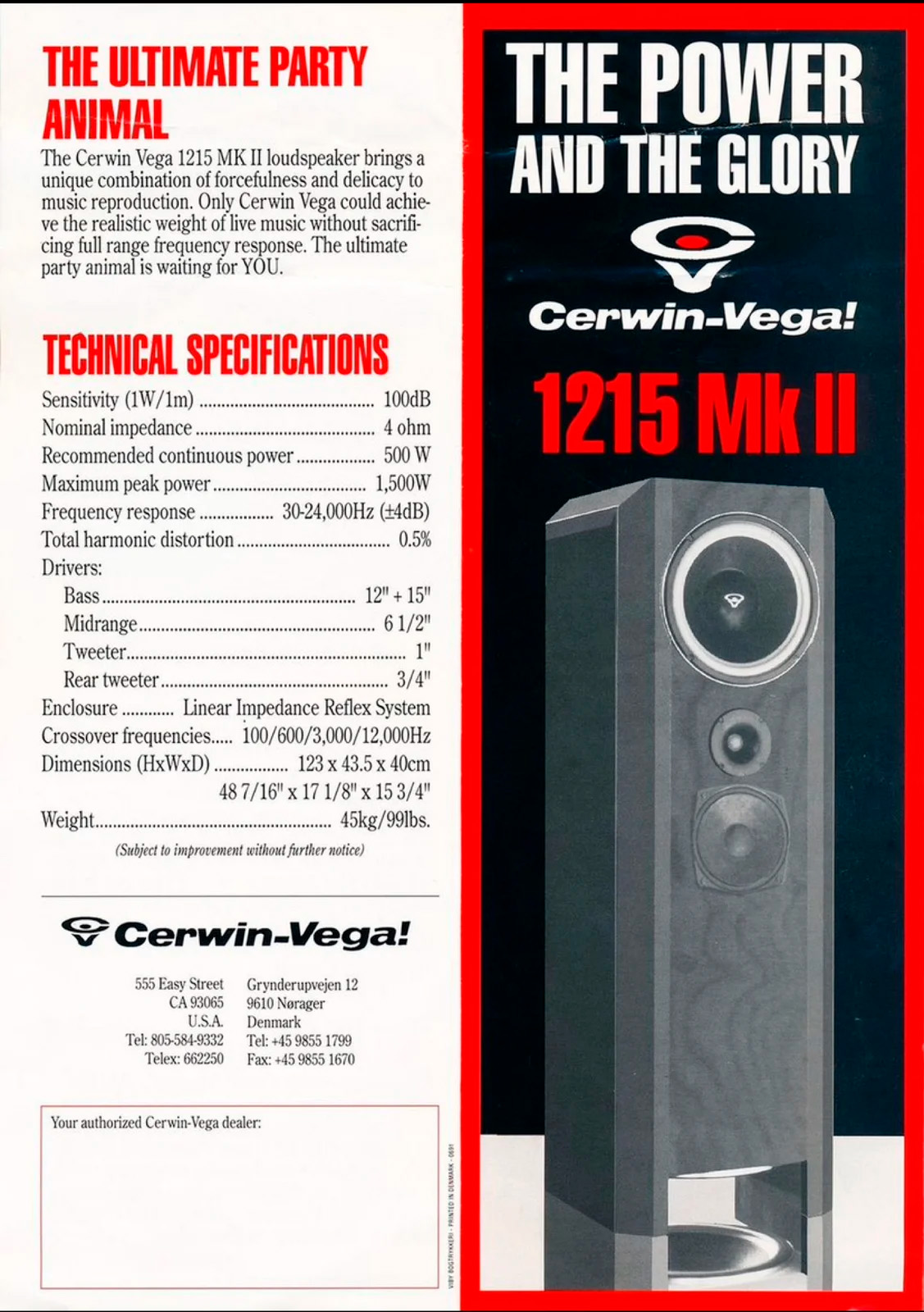
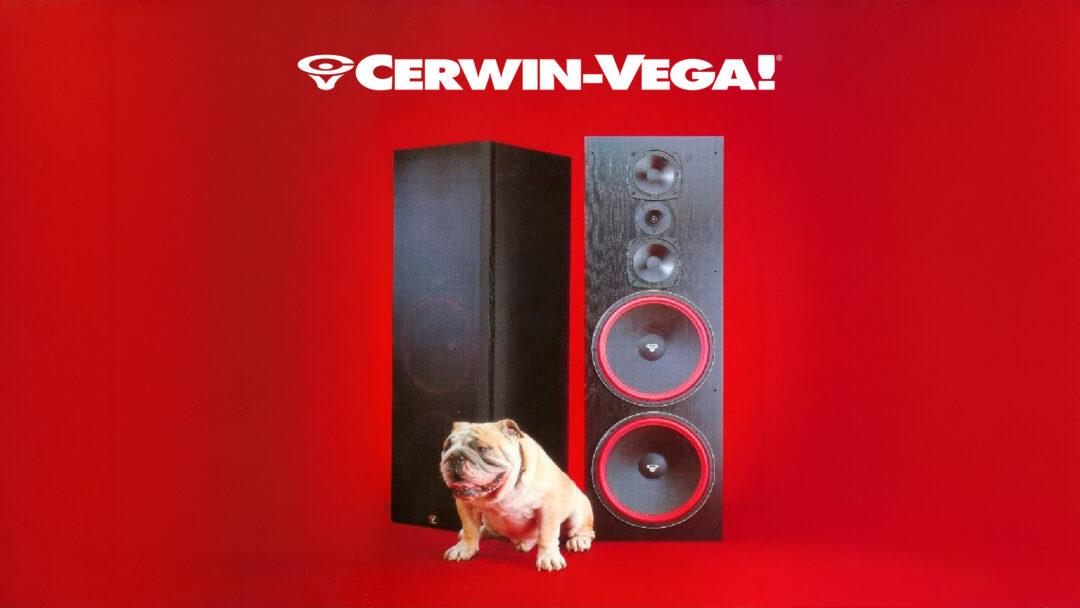

Love these